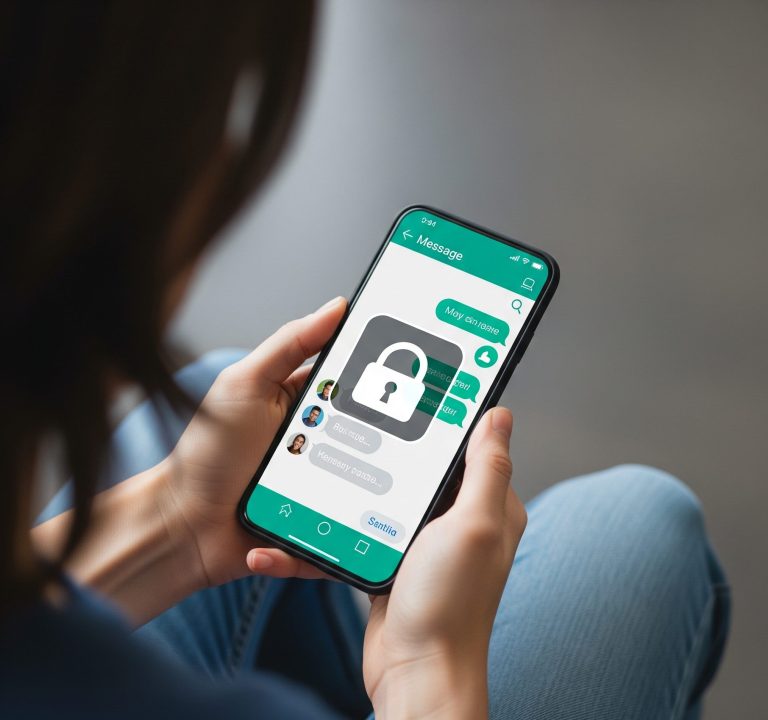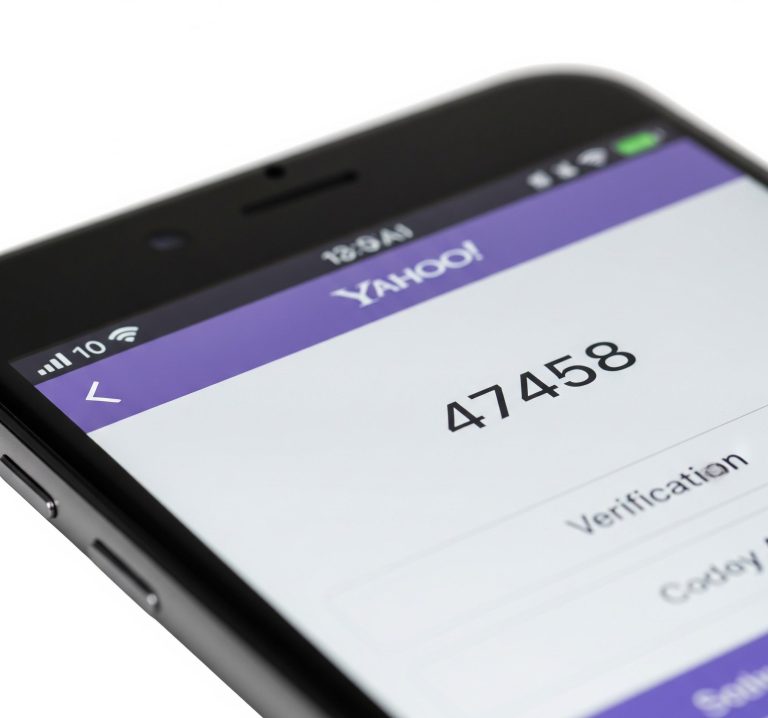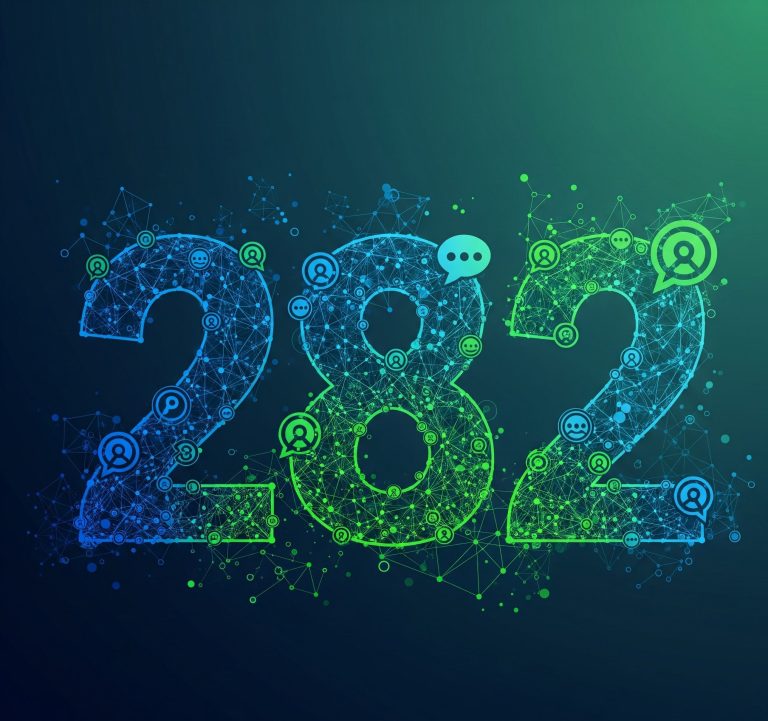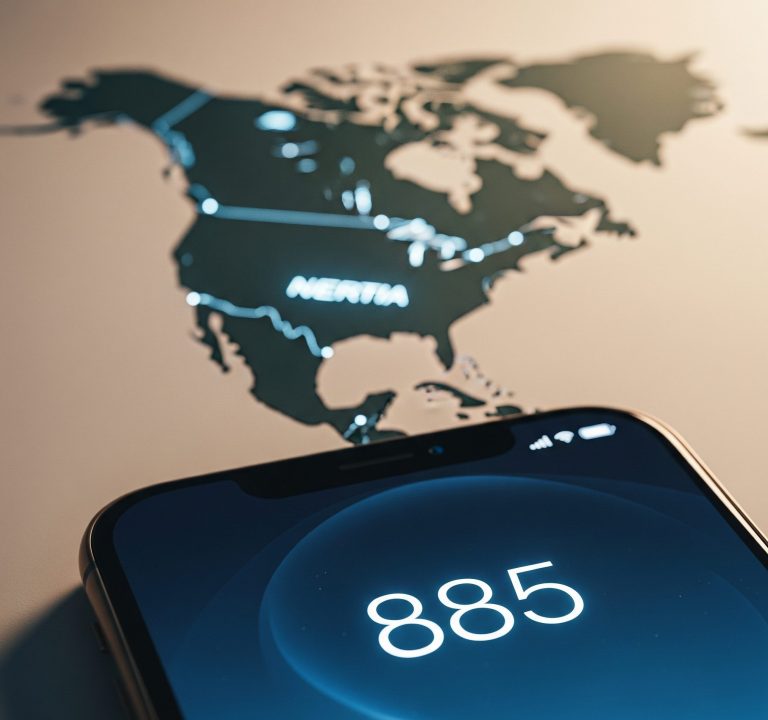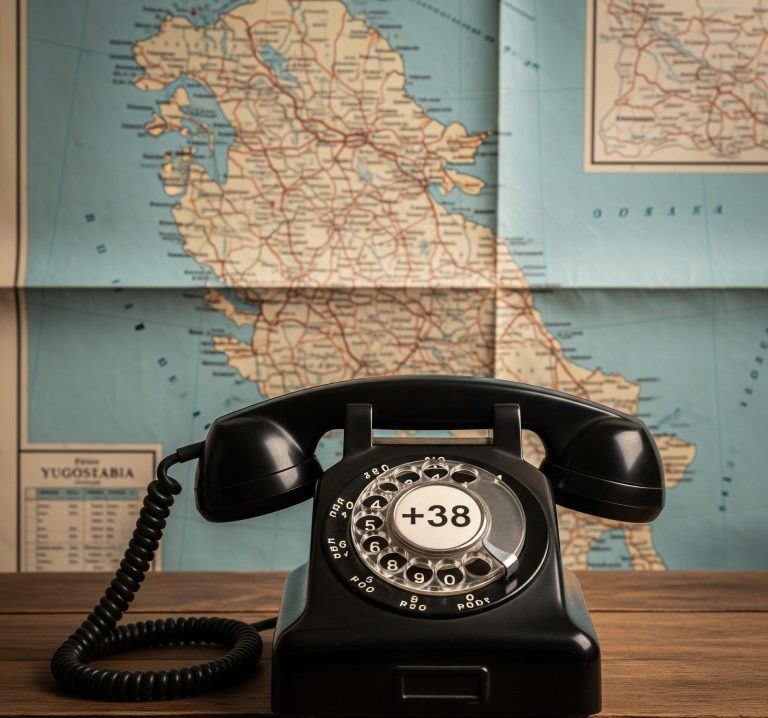Have you ever received a call from an unfamiliar area code and scrambled to Google its location? In the vast landscape of the United States’ telecommunication network, a three-digit code can tell you a surprising amount about the origin of a call. But what if you came across the 344 area code? A quick search would leave you with a puzzling answer: it doesn’t exist. At least, not yet. The 344 area code is one of a handful of area codes that are currently unassigned, held in reserve for a future time and place. This article delves into the world of the North American Numbering Plan (NANP), exploring why area codes like 344 are waiting in the wings and how they will eventually find a home.
Contents
A Constantly Evolving Map: The North American Numbering Plan
To understand the status of the 344 area code, it’s essential to grasp the system that governs telephone numbers across the United States, Canada, and parts of the Caribbean. The NANP is a telephone numbering plan that unifies these regions under a single, integrated system. At its core, the NANP is a framework for assigning and managing the ten-digit telephone numbers we use daily. This system is administered by the North American Numbering Plan Administrator (NANPA), an entity responsible for ensuring the efficient and impartial allocation of numbering resources.
The most recognizable feature of the NANP is the three-digit Numbering Plan Area (NPA) code, more commonly known as the area code. When the NANP was first established in 1947, the original 86 area codes were sufficient to serve the telecommunication needs of the continent. However, with the explosion of population, the advent of fax machines, and the proliferation of mobile phones and other connected devices, the demand for unique telephone numbers has skyrocketed.
This ever-increasing demand is the primary driver for the creation of new area codes. As existing area codes approach “exhaustion,” meaning all possible seven-digit phone number combinations are close to being assigned, a new area code must be introduced to serve the growing needs of a particular geographic region. This is where the story of the 344 area code begins. It sits in a pool of unassigned codes, ready to be deployed when a region’s numbering resources are depleted.
The Birth of a New Area Code: Splits and Overlays
When a new area code is needed, there are two primary methods for its implementation: a split or an overlay.
The Traditional Split
In the past, the most common method was the “area code split.” As the name suggests, a geographic area served by a single area code would be divided into two. One portion would retain the existing area code, while the other would be assigned the new one. This method was straightforward in concept but often proved to be disruptive for residents and businesses in the newly designated area. They would be required to change their phone numbers, update their contact information on everything from business cards to websites, and inform their entire network of the change. This process could be costly and confusing, leading to a period of adjustment and potential missed connections.
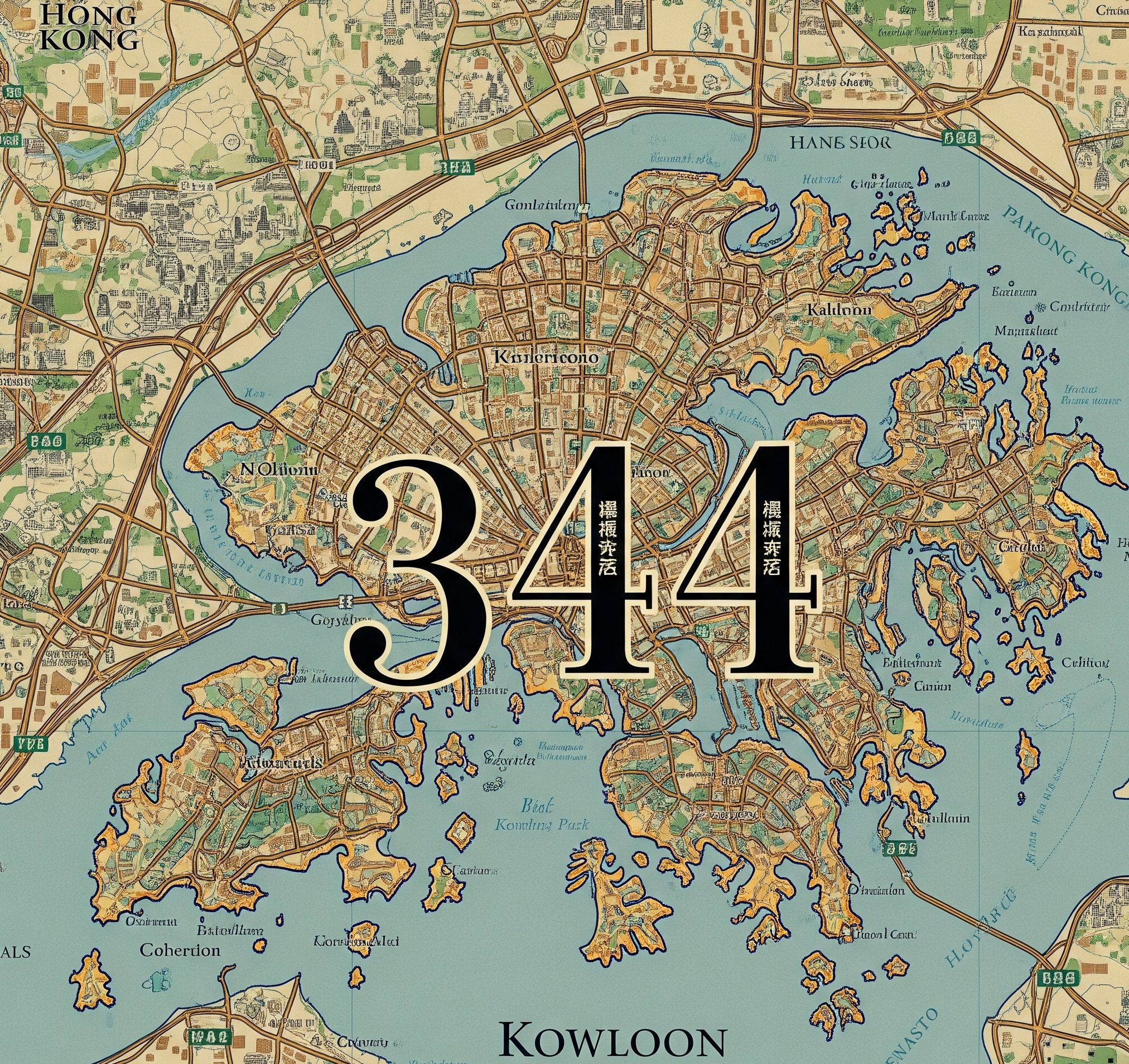
The Modern Overlay
To mitigate the disruption caused by splits, the “area code overlay” has become the preferred method for introducing new area codes in recent years. In an overlay, a new area code is superimposed on the same geographic area as an existing area code. This means that both the old and the new area codes will serve the same region.
The primary advantage of an overlay is that existing phone customers do not have to change their area code or phone number. New phone lines, whether for new residents, businesses, or additional devices, may be assigned the new area code. The most significant change for residents in an overlay area is the implementation of ten-digit dialing for all local calls. Since two different area codes now serve the same local calling area, you can no longer dial a seven-digit number to reach your neighbor. You must dial the area code followed by the seven-digit number for every call, even if you are calling a number with the same area code as your own. While this requires a change in habit, it is generally considered a less burdensome adjustment than a full area code split.
When the 344 area code is eventually activated, it will almost certainly be as an overlay for an existing, number-depleted region.
The Future of the 344 Area Code: A Waiting Game
So, where will the 344 area code eventually land? That remains to be seen. The assignment of a new area code is a carefully considered process. NANPA continuously monitors the rate at which phone numbers are being used in each area code across the country. When projections indicate that an area code will be exhausted within a few years, the process of introducing a new area code begins.
State public utility commissions play a crucial role in this process, holding public meetings and seeking input from the community before a final decision is made. The selection of a specific unassigned area code, like 344, for a particular region is largely a matter of administrative procedure. There is no predetermined geographic destination for the 344 area code; it is a blank slate awaiting its assignment.
conclusion
As of now, the 344 area code does not appear on the immediate list of planned area code relief projects. This means that no region is currently slated to receive this code in the near future. However, with the relentless pace of technological advancement and our ever-growing reliance on connected devices, it is only a matter of time before the need for new numbers in some part of the country will call the 344 area code into service.
Until then, the 344 area code remains a fascinating placeholder in the intricate and ever-expanding world of North American telecommunications, a silent testament to the growth and change that continually reshape our digital landscape. The next time you see an unfamiliar area code, you’ll know the story behind its creation and perhaps even wonder if the day will come when a call from the 344 area code appears on your screen.


